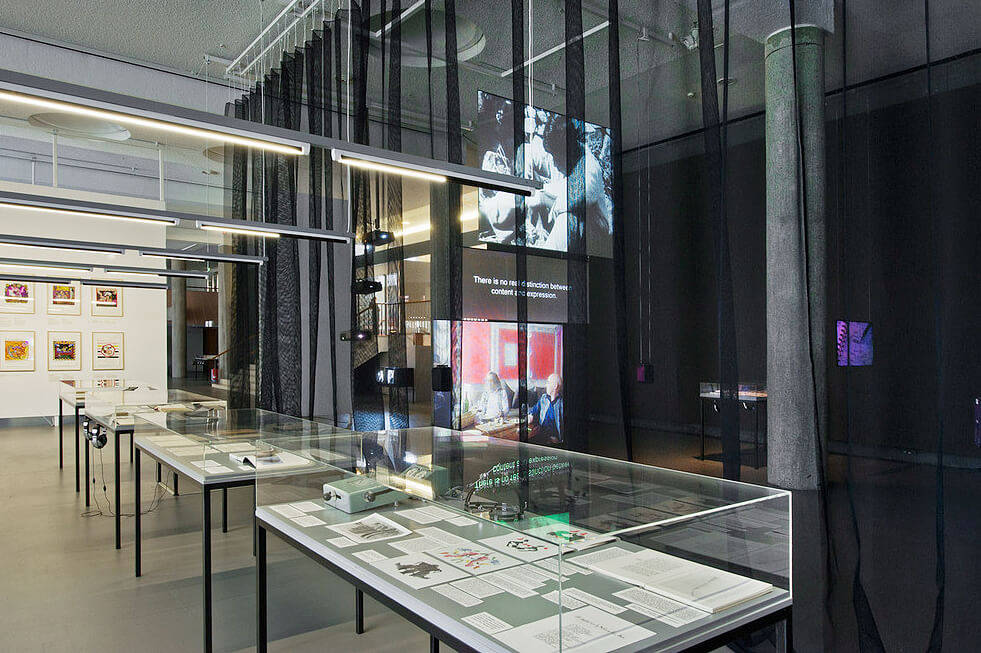Animism
Exhibition design for Animism
Haus der Kulturen der Welt (HKW)
March 16 – May 6, 2012
The exhibition Animism begins with that which we are all familiar with from art and the products of mass culture – the cartoon for example – as animation. Within art, animation is a common effect used to evoke life and vitality, in particular through movement, although it is also present when art works – sculptures or specific pictures – appear to return the gaze of the viewer.
However, what we accept as an effect in art is a subject of historical contention beyond its confines. What do we perceive as being alive? When we ask this question outside the field of art it invariably raises questions which call on us to provide further distinctions for the purpose of clarification. The mere effect of vitality is not to be equated with independent life, this appears beyond doubt. But where is the dividing line? What possesses a soul, life, and the power to act? (…)
Consequently Animism is not an exhibition about animism which exhibits ethnographic objects in display cases which other cultures claim to be animate. The Western idea of animism as the pre-modern other that falsely believes in the ensoulment of objects which are in fact inanimate is itself a symptomatic expression of modernity’s basic assumptions. In contrast, the intention is to view the term and the idea inscribed within it as a mirror which can be used to examine our own basic assumptions and thus recognize them as the product of demarcations. Is it possible to gain an understanding of animism as a praxis extending beyond Western conceptions of “life,” “soul,” “self,” “nature,” “supernatural forces” or “belief,” which embraces other experiences, subjectcation and objectcation processes and mutual interactions, and not just rigid categories? The project “Animism” raises the necessity of a revision and decolonization, not just of the obsolete understanding of animism, but also of the modern imagination of which it is an expression.
(Excerpt from an introduction, written by Anselm Franke for Animism)
For the exhibition design, Studio Manuel Raeder printed texts, images and captions on magnets, that allowed them to be be placed freely on any metal surface. Due to this system different combinations of images and text, were possible during the course of the exhibition.

















